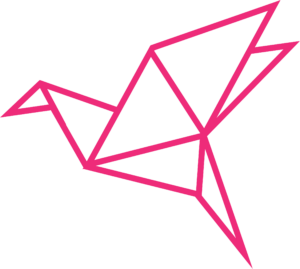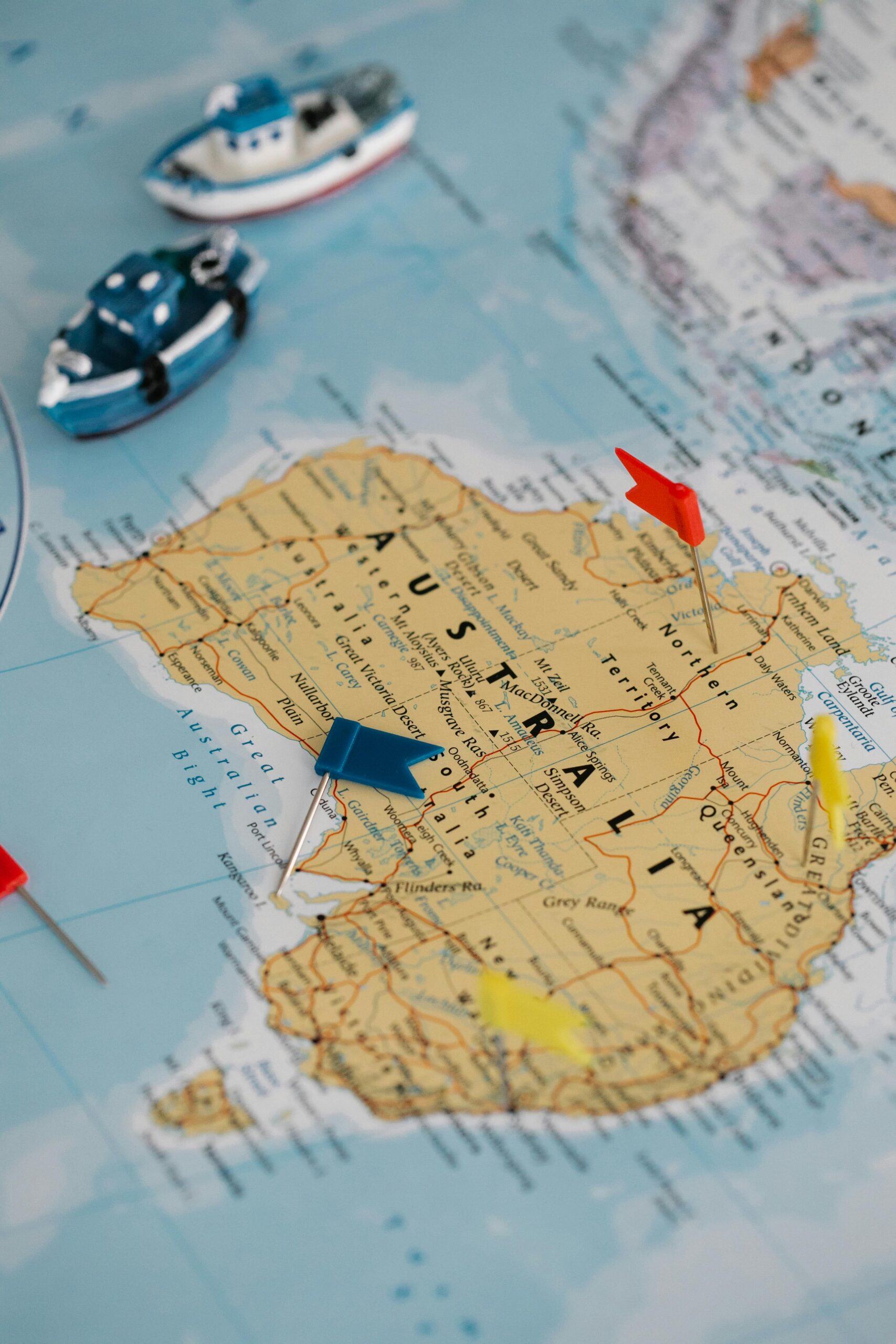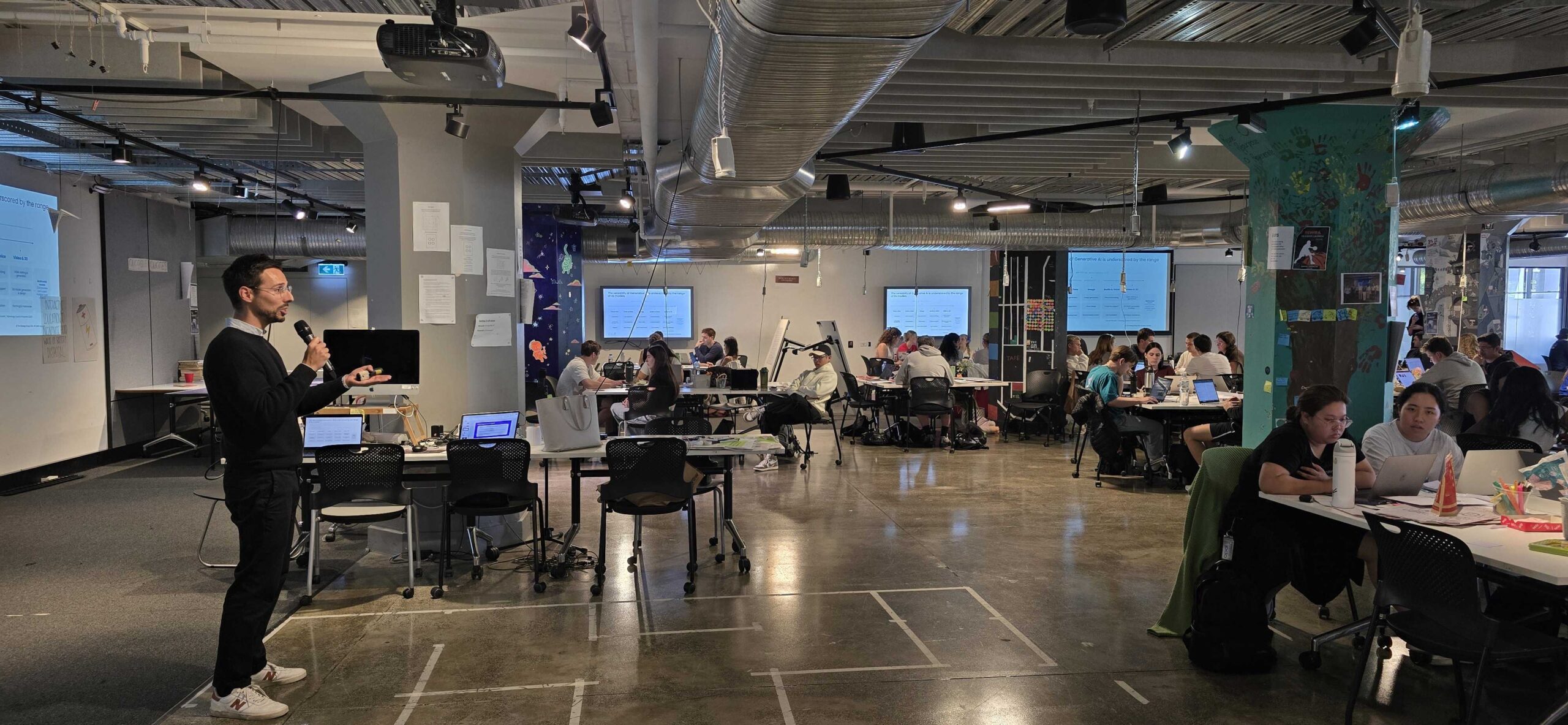Home » Customer Experience » Streaming Wars – The battle for the satisfied customer
Streaming Wars – The battle for the satisfied customer
Streaming services fighting for the customer
Streaming platforms such as Netflix, Stan and HBO are struggling to keep customers engaged in an era which offers an endless plethora of entertainment. The rising cost of cable television coupled with the astronomical success of Netflix has pushed the largest companies in Australian media and the world to start focussing on a new direct-to-consumer distribution model.
We, the consumer, want what we want when we want it and we want it now! We have such a range of streaming services to customise our viewing experience, however, this segmentation has created more pain for consumers than it has solved problems. The value proposition of streaming services is the immediate availability of content. In our somewhat misinformed view ten years ago, one or two platforms would house anything and everything you would ever want to watch. Nine years on from Netflix’s Australian launch, one consumer could easily be subscribed to six different streaming services, and that figure is growing!
With the launch of Disney+ on November 19th, Australian media consumers will be choosing between Netflix, Stan, Foxtel, Amazon Prime and Ten All Access to name a few. The streaming wars are built upon every media company in existence ‘fighting’ for you to subscribe to its streaming service.
Converging to Diverge
Linear, cable television broadcast had always been an industry of monolithic access. In years gone by Foxtel was enough – if you had Foxtel you had access to any show you would ever want to watch under one subscription fee. Netflix’s proposition of a significantly discounted price for the same offering then seemed too good to pass up.
With an increasing number of consumers “cord-cutting”, each new streaming media platform brings with it the decision to add yet another “small $10 subscription” to your monthly entertainment bill. Soon that figure comes close to the original Foxtel subscription only with a less than ideal user experience of switching between multiple platforms akin to – but not as simple as – the original channel surfing.
Whilst Australian Netflix subscriptions have grown by 30% and STAN by 39.2%, Foxtel saw a 2.7% drop. What has saved cable television from dropping faster has been live sports. However, with Optus owning broadcasting rights to the most popular sport in the world (soccer) and Fox Sports launching the successful KAYO sports stream, even this is looking to disappear from cable television.
In just 90 days, Disney will launch its own streaming service in Australia and New Zealand called Disney +, one week after the US, Canada and The Netherlands. Disney+ will be the only place to stream blockbuster Star Wars, Marvel and Disney Pixar films, stripping Netflix and Stan of all Disney, owned tv shows and film. Disney + will also house 20th Century Fox and National Geographic content. Popular shows such as Toy Story, Lion King and The Avengers will all exclusively appear on Disney +. For the everyday consumer, this seems trivial when Netflix continues to boast such a vast library of entertainment options. However with 7 of the top 10 highest-grossing box office films of all time, Disney content is the most sought after in the world, and their domination is not slowing down. Combine this with 20th Century Fox, and Disney owns the majority of the most successful films and television series in the world. In addition to this, there are rumours that Nine are in discussions with Disney over a deal that would see a partnership between Disney+ and Stan for Australian audiences. Who would’ve thought the day would come when Disney was considered alongside Amazon and Facebook in the world domination of business?
With plans to produce original series through Disney+ with reboots of popular film series such as Home Alone and Cheaper by the Dozen, Disney is a trusted brand which consumers can rely on to generate hit after hit. In the US, a USD$13/month bundle of Disney+, Hulu and ESPN Plus will cost the same as Netflix’s most popular plan. In Australia, we will receive a $8.99/month option (currently unclear if this will include the bundle), slightly cheaper than the Netflix basic subscription at $9.99. With Apple launching Apple TV+ and signing Spielberg, Opera and a whole host of producers to generate original content, Amazon Prime video proving itself, Nine-owned STAN growing significantly to rival Netflix, and Foxtel partnering with Netflix, the Australian television landscape is about to go through its biggest change yet.
Owned vs Curated content
Since the launch of the first Netflix produced series “House of Cards” in 2013, Netflix has curated an extensive library of owned content, from Bojack Horseman to Stranger things. However, the two most-watched shows on Netflix are “The Office” and “Friends”, two shows obviously not created by Netflix, and also two shows that have now left the platform. Warner Bros will pay $125million/ year over the next 5 years for “Friends” and NBC Universal will pay $147million/ year over the next 5 years for “The Office”. With Disney also pulling all of their content from Netflix, the rights to Netflix’s most popular shows are being reacquired by their parent companies looking to profit off of their own exclusive content.
Netflix predicted this, however. In 2013 Netflix started to churn their own content out at breakneck speed spending $17billion on original content in 2018, a figure expected to reach $22billion by the end of this year. However, as much as we like to applaud original content, we don’t really reward them with tangible value. It’s all well and good that Netflix has produced so much, but very few shows have turned into huge I.P.s that could realistically compete with the likes of Disney, WarnerMedia and NBC Universal. Stranger Things has been the only heavy hitter for Netflix, with Money Heist, DARK and Orange Is the New Black all great, but not decision-makers when consumers weigh up the content available on other channels.
But can original content even be the answer?
After Game of Thrones ended, 16% of HBO subscribers planned to cancel their subscription. In a survey conducted by Axios, Half of Gen Z respondents stated that they intend to cancel their account after watching a specific or exclusive video at sign-up. For Millennials that number sits at 45%. With so many streaming platforms to choose from, consumers can sign up for a few months, binge their favourite shows and bounce – beating subscription companies who offer free trials at their own game.
Cable television causes many headaches for consumers to set up but it’s just as difficult to cancel and the customer service tends to be a nightmare. However, streaming services offer a quick and easy set up without physical hardware, making it just as easy to back out when a better opportunity arises.
The ease with which consumers can sign up for and then cancel a streaming service subscription creates a lot of headaches for streaming companies trying to establish loyal user bases in an increasingly competitive field. It generates just as much pain for consumers wanting access to the world’s best entertainment without having multiple streaming services dipping into their bank account every month. How do subscription services build consistent loyalty when it goes through seasonal cycles linked to its shows?
What Next?
The launch of Disney + and its congregation of both Hulu and ESPN+ in November (and potentially Stan) will certainly send shockwaves throughout the entertainment industry, altering the way we consume content moving forward. Other streaming services haven’t really had a response. Netflix will, it seems, continue to churn out original content, Apple TV + will certainly produce some outstanding shows with Spielberg leading the line…but it’s not enough in light of Disney’s announcement.
The Disney/ Fox deal has huge repercussions for the media-entertainment landscape. It has been quite some time since a major Hollywood studio vanished, and now Fox – a large, seemingly healthy media corporation in its own right has been consumed by a larger one. Something similar happened with AT&T and WarnerMedia. Media consolidation brings about its own issues of bias and agenda-setting, merging the political and entertainment worlds. However, with the big fish eating each other up, we may only be left with 3 or 4 controlling the world’s entertainment. The rebuttal is that tech companies will “disrupt” the entertainment industry and create room for many voices in the entertainment space. But Netflix already did this, and outside a few fantastic wins (Roma winning three Oscars in 2019), tech companies have shown that they are not fantastic aggregators of content. To create true art that audiences will engage with you can’t just continually throw money at it, a method that Netflix’s $22billion plan seems to be showing.
In an attempt to stem their declining customer base, Foxtel has begun to address the user experience of a fragmented entertainment universe by adding Netflix for free on any package valued over $58 per month. The app integration is certainly front and centre with a large Netflix button on new remotes. This begins to address the pain of navigating multiple applications and launch buttons to surf between broadcasters. However, it doesn’t address the increasing cost of multiple services as after 6 months consumers will be asked to pay full fare for both services.
Until this week it was expected that it would take until 2021 for Disney+ to reach the shores of Australia. This would have given time for major stakeholders in the Australian entertainment market including Foxtel, Stan, Netflix and Optus to develop a plan to adjust. With only 90 days until release stakeholders will need to either produce larger I.P. shows or establish a consolidated streaming platform to prevent subscribers from jumping ship in favour of a better experience
Join 10,000 others who want the latest insights, tools, tips and resources. We help you get better results by staying on top of the latest methodologies and thinking












